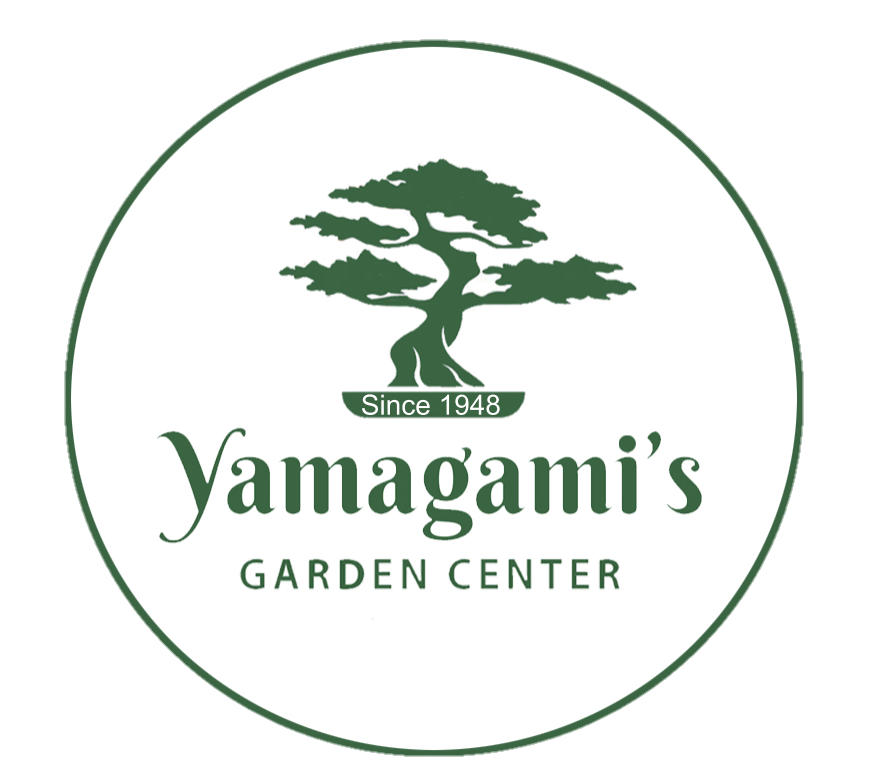All About Rhododendron
We all know Rhododendron as a well loved landscape plant. It is often used as a lush green backdrop in Asian and European gardens and are cultivated for their beautiful, sometimes fragrant, flowers and deep green ornamental foliage.
There are around a thousand known species of Rhododendron, native to Europe, Asia, North America and Australia. Some of these are deciduous whilst others are evergreen. Most Rhododendron are shrubs and grow from 12 inches to several feet tall, depending on the variety. Some tree species exist as well, and are reported to grow up to 98 feet tall. Less widely known is that Azalea are also a type of Rhododendron, and require similar care and habitat.
Where to plant a Rhododendron
Rhododendron like a cool, humid environment. In and around the Bay Area this likely means they need to be shaded by other tall trees and plants, where they get dappled lighting. Some varieties, however, can tolerate several hours of full sun. If you are planning on growing Rhododendron in your garden, consider visiting our info center to learn more about which varieties would do well in your designated space.
Watering
Depending on the amount of sunlight your Rhododendron gets, you’ll need to water accordingly. Rhododendron and Azaleas like evenly moist soil. This means they should never be waterlogged and never go dry entirely. Check our Azalea & Camellia Planting Guide for more information on how to water your Rhododendron.
Acidic-type plants
Rhododendron are happiest in slightly acidic, well-draining soil. If you live in an alpine area, with lots of coniferous trees, chances are your soil is already slightly acidic, as the needles dropped by conifers add to the soil acidity. You can verify this by testing your soil with a PH kit. Many garden centers also sell an acid soil mix, often designed for Rhododendron, Camellias, citrus and other acid loving plants. At Yamagami’s we carry G&B Organics Acid Planting Mix.
Additional care tips
Mulching can be very beneficial to these shrubs, as it helps regulate the root ball temperature, protecting them from frost damage in winter and overheating in summer.
As with most flowering plants, Rhododendron need regular maintenance. Bloomed out flowers will often stick to the foliage or create litter around the plant. For a healthy and good looking shrub, this will require some deadheading. Most Azalea and Rhododendron will bloom in winter and early spring, adding colorful interest to an otherwise dormant garden.
Toxicity
All parts of the Rhododendron contain a toxin known as grayanotoxin. Honey made with this toxin can have hallucinogenic and laxative effects and is often referred to as mad honey. Ingesting small quantities isn’t lethal to humans, dogs or cats. But if you have concerns about someone being poisoned, it’s best to call a doctor or veterinarian and ask for advice.
Want to know more?
If you’re interested in Rhododendron, shoot us your questions through our contact form. If you’re looking for a specific variety then fill out the inquiry form. Our staff is always happy to assist in any way we can!




